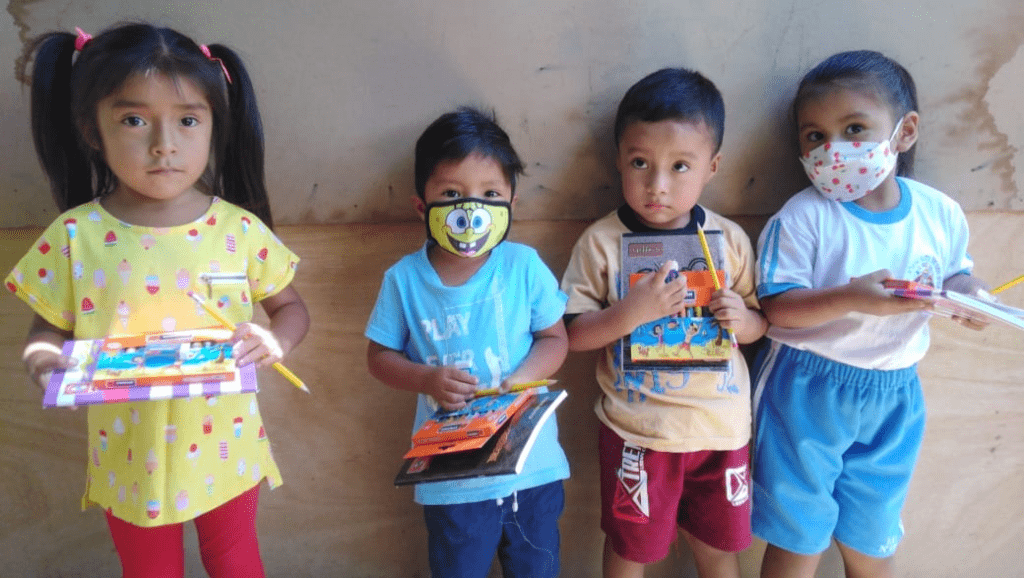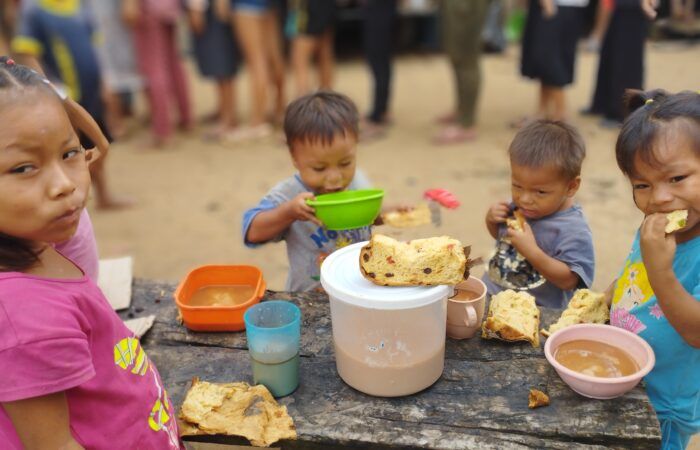Peru, a country known for its rich cultural heritage and diverse landscapes, is currently facing an educational emergency caused by the devastating floods that have struck the nation. The relentless downpours, triggered by climatic changes and natural disasters, have not only left a trail of destruction but have also disrupted the education system, depriving countless children and youth of their right to learn. Today, more than ever, the urgency to address this educational crisis is paramount, as the floods continue to wreak havoc on Peru’s educational infrastructure.
The Scope of the Disaster
The floods in Peru have resulted from a combination of factors, including intense rainfall, overflowing rivers, and the destruction of natural barriers due to deforestation. The impact has been particularly severe in vulnerable regions, where inadequate infrastructure and lack of resources have exacerbated the crisis. Schools, being vital institutions for nurturing knowledge and shaping the future of communities, have suffered significant damage, if not complete destruction. Classrooms have been inundated, books and learning materials washed away, and educational facilities rendered unsafe and uninhabitable.

Disrupted Learning and its Consequences
The consequences of disrupted education are far-reaching and profound. The immediate effect is the loss of instructional time, preventing students from acquiring the knowledge and skills necessary for their personal and academic development. Disrupted learning can lead to a long-term setback for students, with potential consequences including increased dropout rates, reduced educational attainment, and limited employment opportunities in the future.
Moreover, the disruption also affects the emotional well-being of students and teachers. The trauma and stress caused by the floods can hinder the ability to concentrate and engage effectively in the learning process. The sense of loss, displacement, and uncertainty further compounds the challenges faced by both educators and students, making it crucial to address the educational emergency in Peru with urgency and sensitivity.
Addressing the Educational Emergency
In the face of this crisis, it is essential for the government, civil society organizations, and the international community to come together and take immediate action to mitigate the damage and support the affected educational institutions. Here are some key steps that can be taken:
Emergency Relief and Rehabilitation: Providing immediate assistance to affected schools, including temporary learning spaces, clean water, sanitation facilities, and essential supplies like textbooks, notebooks, and stationery.
Infrastructure Restoration: Initiating comprehensive efforts to rebuild damaged or destroyed schools, ensuring that they are safe, well-equipped, and accessible for all students.
Psychosocial Support: Prioritizing the mental health and well-being of students and teachers by offering counseling services, emotional support, and trauma-informed approaches within the education system.
Teacher Training and Capacity Building: Equipping educators with the necessary skills and knowledge to address the challenges posed by disrupted learning, including strategies for engaging students and creating inclusive learning environments.
Technology Integration: Harnessing the power of technology to bridge the gap caused by physical school closures, facilitating remote learning opportunities, and ensuring educational continuity during emergencies.
Community Engagement: Engaging local communities, parents, and students in the rebuilding and revitalization efforts, promoting a sense of ownership and participation in the restoration of education.
Conclusion
The floods in Peru have inflicted a severe blow to the country’s education system, jeopardizing the future of countless children and youth. Today, more than ever, it is crucial to recognize the urgent need for action and support to address this educational emergency. By focusing on immediate relief, infrastructure restoration, psychosocial support, teacher training, technology integration, and community engagement, Peru can begin the process of rebuilding and revitalizing its education system. The path to recovery will be challenging, but through collective efforts and determination, we can provide a glimmer of hope.




